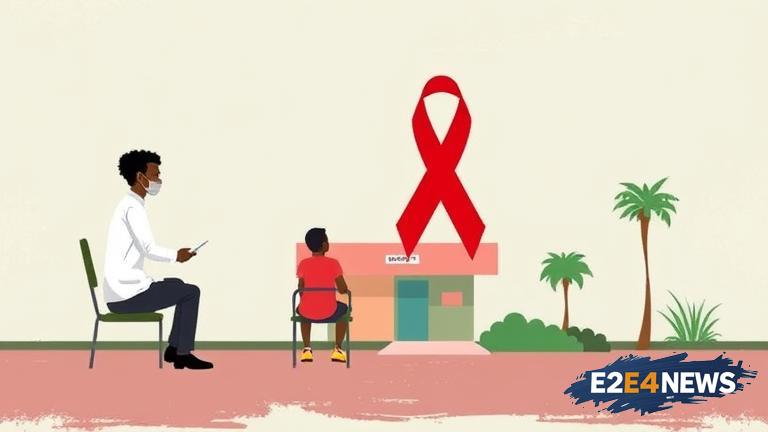South Florida, a region heavily affected by the HIV epidemic, is facing a significant setback in its efforts to provide preventative care to those in need. The recent federal funding cuts, amounting to millions of dollars, have put a strain on the already fragile healthcare system. The cuts, which were announced earlier this year, have left healthcare providers and patients scrambling to find alternative solutions. The funding, which was previously allocated to support HIV preventative care programs, has been reduced, leaving a significant gap in the services provided. The affected programs, which include pre-exposure prophylaxis (PrEP) and post-exposure prophylaxis (PEP), are crucial in preventing the spread of HIV. PrEP, a medication that can reduce the risk of HIV infection by up to 92%, has been shown to be highly effective in preventing new infections. However, the funding cuts have made it difficult for healthcare providers to continue providing this medication to those who need it. The situation is further complicated by the fact that South Florida has one of the highest rates of new HIV infections in the country. According to recent data, Miami-Dade and Broward counties have the highest rates of new HIV infections in the state. The funding cuts have also affected other HIV preventative care programs, including HIV testing and counseling services. These services are essential in identifying new infections and providing timely treatment. The lack of funding has also impacted the ability of healthcare providers to provide comprehensive care to patients, including mental health services and substance abuse treatment. The situation has sparked concern among healthcare providers, patients, and advocates, who are calling on lawmakers to restore the funding. They argue that the funding cuts will have devastating consequences, including an increase in new HIV infections and a decline in the overall health and well-being of those affected. The issue has also highlighted the need for a more sustainable and reliable funding mechanism for HIV preventative care programs. In response to the funding cuts, local healthcare providers and organizations are exploring alternative funding sources, including private donations and grants. However, these efforts are unlikely to fill the gap left by the federal funding cuts, and it is unclear how long these alternative funding sources will be able to sustain the affected programs. As the situation continues to unfold, patients and healthcare providers are left to wonder what the future holds for HIV preventative care in South Florida.
